Blog
1491, 1493 and TDA Tours
It was a stunning work of art, and more so as I had no idea it even existed! Called Muisca Raft, it is 10 inches long and depicts an indigenous chief on a raft, surrounded by oarsmen and shamans. It weighs 287 g or about 10 oz and is made of 80% gold.
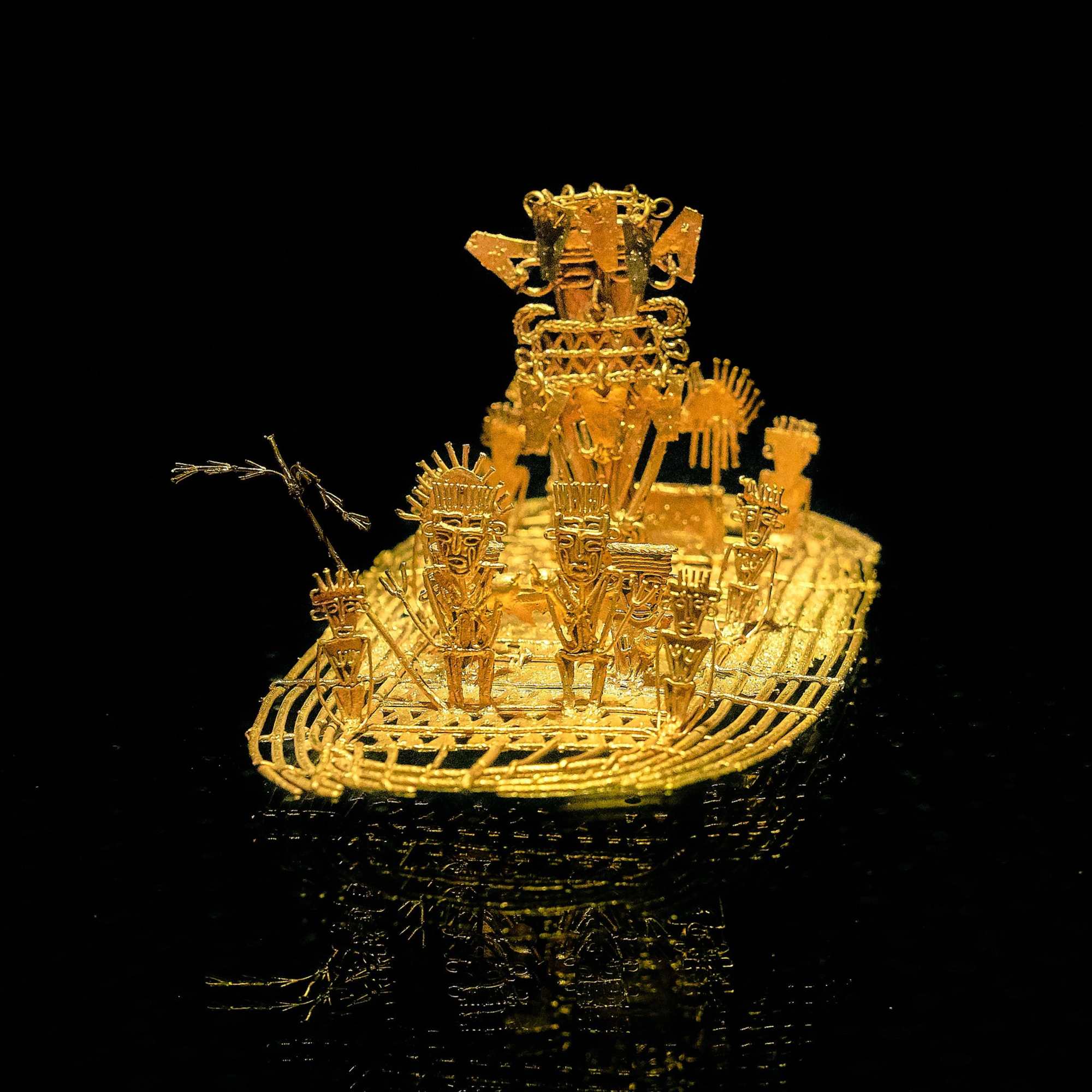
Muisca Boat – Credit: Pedro Szekely, CC 2.0
It was a rest day in Bogota, Colombia, on our first South American Epic Expedition and I was visiting the remarkable Gold Museum of pre conquest indigenous cultures of the Americas. This work of art made such a strong impression on me that I sat down and wrote a note to myself, that I used in writing a blog – For The Sake of a Single Verse – at the finish of the first SAE in 2015. It also made me realize how little I know, how little we all know about life in South as well as North America.
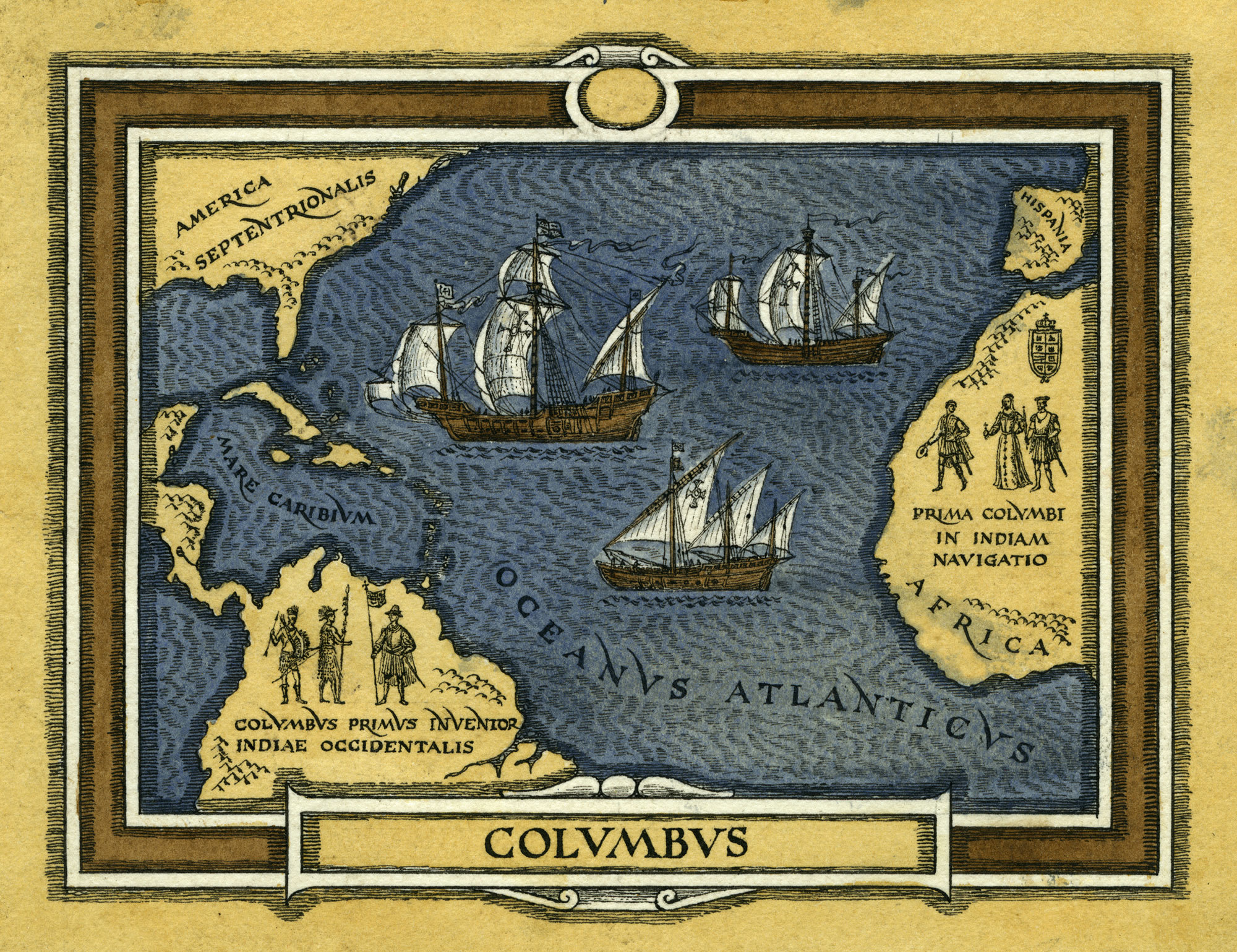
The year was 1491. If you were alive then – perhaps like being around in November 2019 – neither you nor anyone else had any idea what was coming. And by that I do not mean simply a sailing trip to find a short cut to China by one called Cristobal Colon, nowadays remembered as Christopher Columbus. One of the benefits of COVID-19 for me has been the enjoyment that I experience from reading books that put context to almost my 20 years of cycling the world.
Two books were by an American author, Charles Mann. The 1491 book, subtitled ‘New Revelations of the Americas Before Columbus’, is “a fascinating and addictively readable tour through the New World before discovery.” The second tome, 1493, subtitled “Uncovering the new World Columbus Created’, explains “how the ecological collision of Europe and Americas transformed virtually every aspect of human history.”
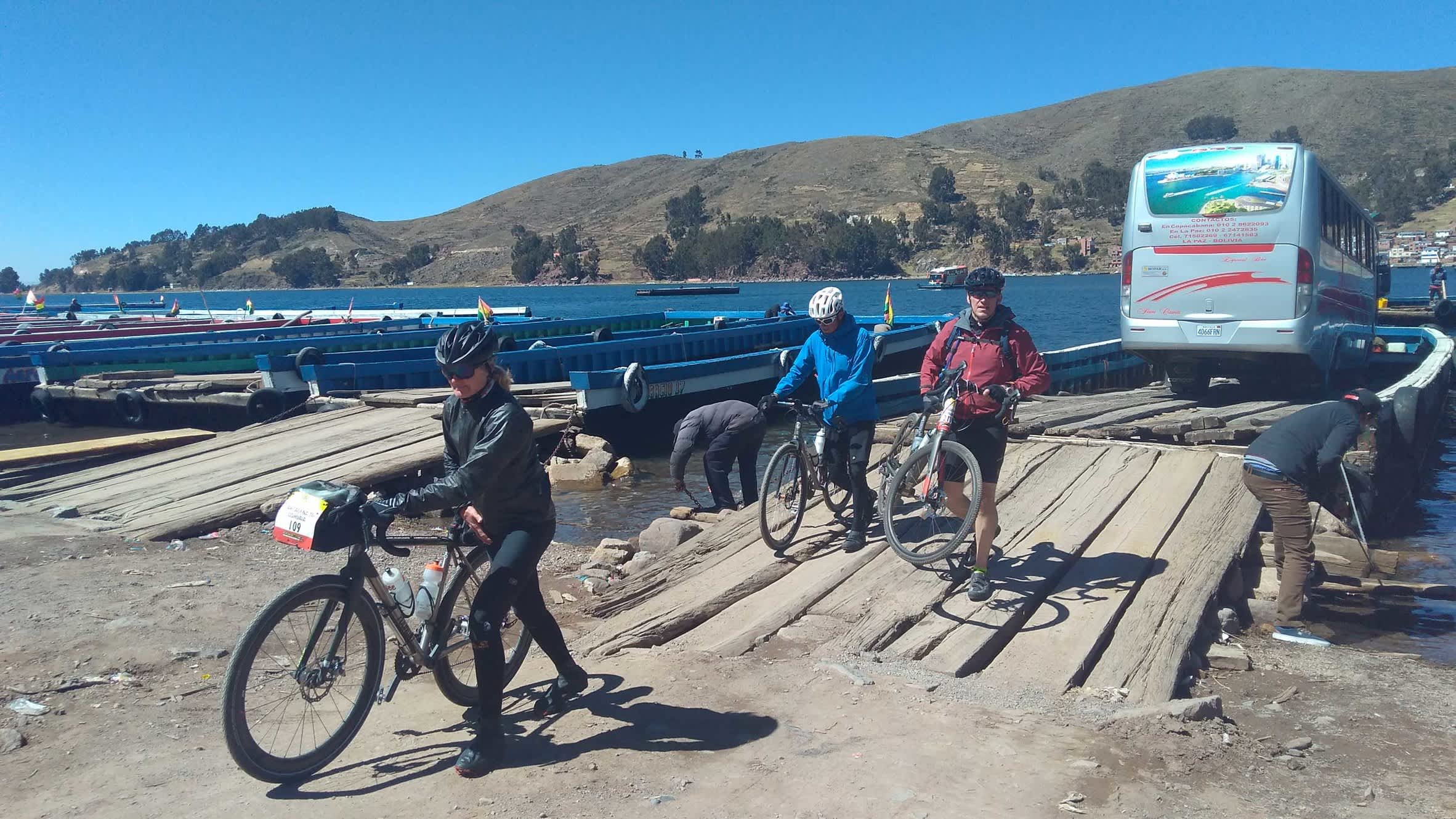
When you choose to cycle with TDA, you will certainly bike to places that will dazzle you, baffle you, and reveal things that you may have not been aware of; Machu Picchu, the amazing Pyramids of Teotihuacan in Mexico City, viruses and bacteria, greed and God, slavery and plagues, Inca roads and central planning, the impact of horses, pigs and turkeys, potatoes, corn, peppers, tomatoes and much, much more. There are so many experiences that it is often simply incomprehensible, particularly on a cycling tour where you average over 100km per day. That doesn’t leave much time for contemplation, reading, and learning.
So you take in what you can, store of it as much as your brain can accept and let it lie there until it resurfaces, for one reason or another. Unknowingly for me, when I started reading these books, memories and forgotten thoughts just started pouring out. That is what happens when you cycle all over the world. Everything is interrelated, but how?
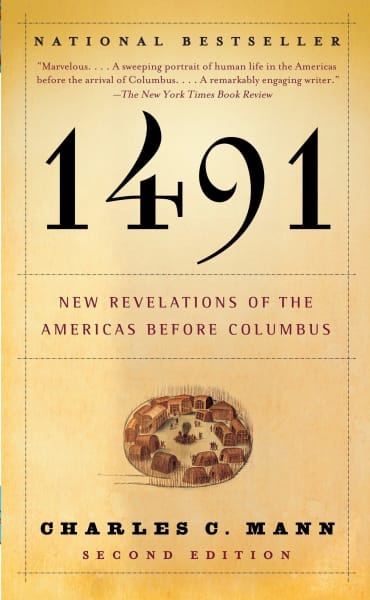
The book, 1491, deals with what has been discovered over the proceeding few decades. The findings often completely contradict the accepted knowledge of what life was like in the Americas before Columbus landed in Hispaniola. His second book, 1493, deals with the impact on the world when everything that existed in one part of the world, met and collided with everything existing in the other. The results were beyond anyone’s imagination: from the horror of one fifth of humanity dying from diseases that they were not exposed to previously such as small pox and malaria, to the fact that native American plants such as potatoes and corn fed starving Europeans peasants and allowed Europe to develop. Not to mention the infinity of greed, glory, survival and supreme rationalizations we all create to justify our actions.
As I made my way through the two books, whether the writer was describing the shipment of silver through the Panama isthmus, the collapse of the Mayan civilizations or the context of how Cortez managed to defeat what was then arguably the largest, richest and perhaps even most developed empire on earth, I had moments of revelations about things I saw and pondered when I was cycling through these places. And I am not only talking about the Americas. The discovery of the ‘new world’ had an immense impact on China and the rest of the world. I recall walking into a Hakka museum in Mezhou in Guangdong Province on the Bamboo Road tour, reading for the first time in my life about the mountainous Hakka people, who all of a sudden appeared in the 1493 book. They apparently played a pivotal role in the changes and outcomes in China and correspondingly in Europe as a result of the trade in silver and plants brought to Asia from South America.

It is a cliché we hear all the time – that the world is an interconnected place – and even more so with COVID-19. Reading these books brought to life the places I have seen and experienced on our bicycle tours: the people we have met, the food we tasted and the common and often tragic adventures, we are continuously pursuing. None of us know where that adventure leads, but I can guarantee you, COVID or no COVID, cycling across continents will not cease. Our DNA is programmed for life and life means, eating, laughing, moving, sharing, exploring and pedalling. If you want to get a few more insights about the world and humanity, I humbly suggest that you read these books. It will enrich your life and your enjoyment of cycling tours, past and future.
 REGISTER NOW
REGISTER NOW



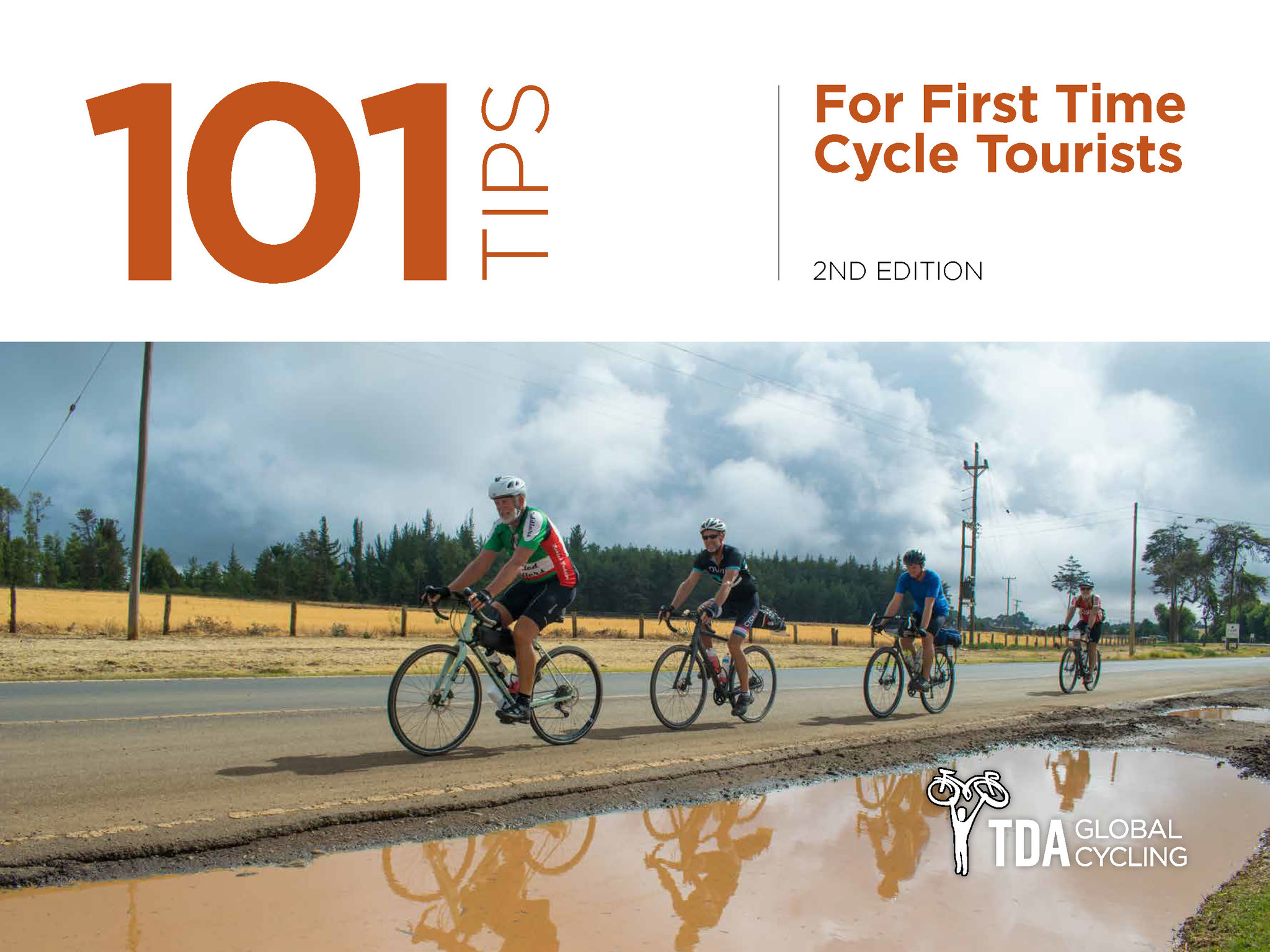
1 Comment for "1491, 1493 and TDA Tours"
Great blog!!! Thank you.